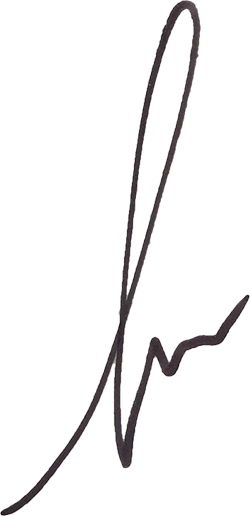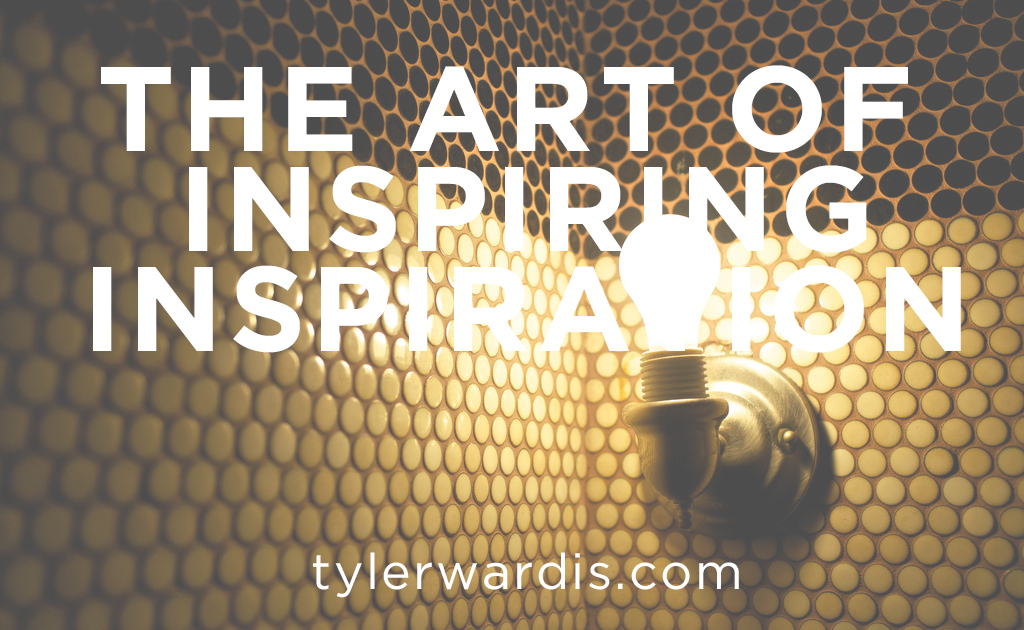In the last 7 days, I’ve had to put the final touches on my first book, create a business plan from scratch, and write a total of 12 articles for clients. I’d say 20% of it was good. The rest was complete crap.
The truth is that I’m burnt out.
In art – whether songwriting, business development, or article-writing – the lines between bad, good, and great art are thin. And the difference is often found in how inspired an artist is when creating.
With the help of a book or two and a couple good conversations with friends, I’m slowly learning how to live a more creatively inspired life. One of those conversations was over a cup of coffee with Phillip Larue. His thoughts on the topic are too good not to share.
Phillip makes a living writing songs for TV & Film, Country, CCM, Rock, & his folk duo with his wife, Lia. His catalogue includes anything from “Whiskey in My Water” by Tyler Farr to “By Your Side” by Tenth Avenue North to TV & film cuts used by brands like Apple and ESPN. Deadlines on his art and the pressure to create is nothing new to Phil. And because of it, he’s had to develop tactics to not creatively burn out.
Trust me. If you have any aspirations to be more creative or make more inspired art – in music, writing or business – these 10 thoughts are well worth the next 4 minutes of your life.
(If you rather read this article as an interview: The uncommon art of inspiring inspiration.)
1. Stay emotionally connected to life.
Constantly creating is strange because it requires being emotionally connected to myself, to life, and to the people around me. It may sound weird, but its true.
For creatives the twelve inches from their head to their heart can be the longest path at times. Everyday life, bills, doubts, expectations are all trying to block the way. But in terms of what I do, the best songs are made and inspired out of letting myself deeply feel or connect to my experiences of the world around me. If I don’t start with this mindset, by opening myself up, it’s all for not.
2. Don’t wait for inspiration to hit, inspire it.
A lot of writers and artists make the mistake of waiting on inspiration before they dive into creating. Its that grand idea of that beautiful moment when the stars align, your ideas fall in place and then “boom” it happens. Three hours later you have the perfect song and it just “fell from the sky” like we have all heard people say. Although this does happen sometimes, it is a rarity.
I’d say 2 out of 5 days a week, I am not creatively inspired. Yet, my publishers are paying me to be there, in a room with another writer, creating something out of nothing. Over the years, I’ve had to learn how to not simply wait around for creative inspiration, but to access it whenever I need it – to inspire inspiration.
3. Remember your own story.
Write down the top five pivotal moments of your life that helped shaped you – whether sad, amazing, or hard. Take time with this and don’t breeze by. Now ask yourself this question “Have I created something (a song or article or book or painting or business) that directly reflects each of these five moments?”
Find the one moment in your story that currently moves you the most. Once you have it, write down four quality and descriptive words that describe that moment, or feeling.
After you’ve got these four words, write sentences or phrases that paint pictures directly associated with each of your four words. Imagine 4 circles, each with one word in them, with separate stems from those circles with your sentences and phrases.
Your story matters and there are songs (or books or businesses) inside of you waiting to be created. Go back to your stories, your experiences, your pain, your joy and suddenly you will have something to sing about – or create. Don’t copy others stories, or others inspiration. Write from your own well. Dip into your own story and create from there.
4. Find a way to be moved.
Read something that moves you. Watch something that moves you. Listen to something that moves you. Be still, wait and then, create.
5. Exploit moments of inspiration.
The point is to lean into these moments of inspiration to know where the creation should go. These moments can set a tone, tempo, feel, philosophy of a project. Don’t miss it.
It may be the bridge of a song, or the end of an article, or a random value proposition of a business plan. But when you write this way, you’re taking advantage of what you feel when you feel it, which has a way of directing the the rest of the project.
Just remember. If it moves you, it will move someone else. If it doesn’t move you it won’t move someone else. Stop re-think and re-work until it you feel it.
6. Find the anomalies.
Looking in your history, has there been any anomalies or unique experiences that have consistently produced great art? Good examples of this could be taking a month off and the first session back, you write a hit. Doing 3 sessions in a row and by 4th, writing a hit. Praying? A glass of whiskey? Sleeping before writing? If so, try to work them into your life regularly.
7. Don’t let fear inspire you.
Fear has never created anything of much value, let a lone great art. Many of my co-workers here in Nashville fall victim to over-working due to the fear of loosing an opportunity or not paying the bills. And although I agree that there are times when you have to work late to get the job done, for too many folks this becomes their norm. I learned a long time ago from my mentor, Monroe Jones, that if you put your family first, God will ultimately honor you and take care of your needs. So despite how crazy work gets, I have learned from my failures that this couldn’t be more true.
8. Routines win.
For me having a solid routine that I can count on makes all the difference in the quality of my art. I get up at the same time everyday, play with my girls for the same amount of time everyday, and arrive at my writing room around the same time everyday. Its almost as if my creativity knows exactly what time to show up to my studio.
9. Minimize everyday distractions.
I don’t have any extra apps on my phone like Facebook, Instagram or Twitter. In fact I don’t even have a web browser on my phone. So unless I have an email I have to get to or someone to call back, my phone gets plugged in the charger once I am home and I don’t pay much attention to it. Its funny how much more time I have during my work day and afterwards now that my phone just calls, texts and emails. I love it and don’t plan on changing it anytime soon. It has helped me be more creative during the work day and more present when I am with my family.
10. Learn when to Fight for it and when to tap out.
There are always going to be those days when your creative flow is harder to entice than others. Don’t freak out. This is so normal. Just keep inspiring inspiration.
There are also some days when your creative reservoir is empty and its not meant to be filled just yet. Pay attention to your own reservoir and know when its time to fight to fill it or take a sabbath.
|-|
Let’s be honest. Everyone wants to be a little more creative. And nobody wants to create something that sucks.
So, let’s do ourselves (and the world) a favor. Let’s take ear to Phil’s great advice and make a concerted effort to live a more creatively-inspired life.
-
Enchantra

